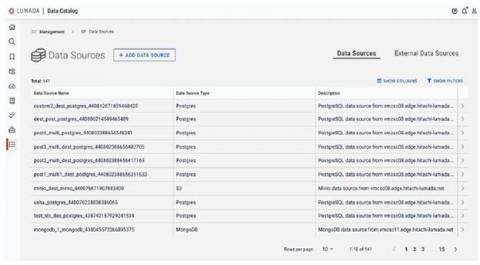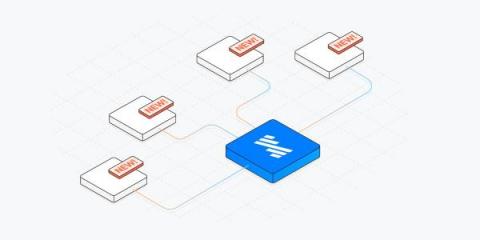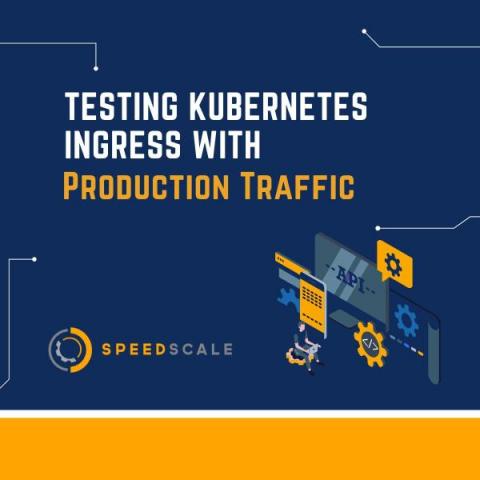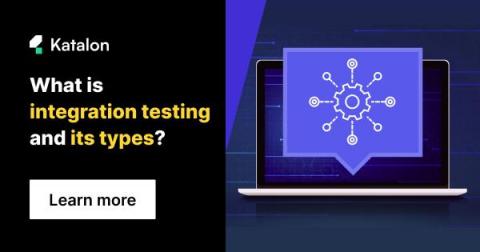Systems | Development | Analytics | API | Testing
Latest Posts
Salesforce Test Automation Best Practices with Katalon
Salesforce is one of the most popular CRM applications globally, used by thousands organizations across all industries and segments. It enables organizations to manage their customer and revenue focused business processes, functions, and data in a central location, thereby improving planning, customer satisfaction, and overall business performance.
A pragmatic guide to BuildContext in Flutter
As a senior Flutter developer, a big part of my daily job consists of reviewing code, mentoring other developers, and helping them with their problems. One mistake that I noticed developers repeating on many occasions is misusing BuildContext. I analyzed why this happens and came to the conclusion that it is because of an incomplete understanding of what BuildContext is, how it works, and its scope and lifecycle.
Software Performance Failures due to Corporate Controversy
It’s remarkable how many systems can manage unexpected performance demand, scaling resources and continuing operations. Yet truly unexpected demand can still apply enough stress to a system that it crashes. Here, we’re going to examine two failures that resulted from a single corporate controversy.
Drive Mobile AppSec Quality with the Mobile DevSecOps Blueprint
Brain Reed from NowSecure explains the core ideas of the Mobile DevSecOps Framework: Learn how to quickly release high-quality mobile apps while simultaneously building in the necessary security and privacy.
How New Lumada Industrial DataOps 5.1 Scales Industrial IoT Solutions
Data quality is fairly simple nomenclature to describe the state of the data being processed, analyzed, fed into AI, and more. But this modest little term belies an incredibly critical and complicated reality: that enterprises require the highest level of data quality possible in order to do everything from developing product and business strategies, and engaging with customers, to predicting the weather and finding the fastest delivery routes.
New Lite connectors
Keep track of new releases for our Lite connectors with this regularly updated list.
Testing Kubernetes Ingress with Production Traffic
10 data pipeline challenges your engineers will have to solve
When choosing to build or buy, consider whether the following challenges are worth the squeeze.
What Is Integration Testing And Its Types?
Integration Testing (or I&T: Integration & Testing) is a type of software testing in which various units, modules, and components of the software are integrated and tested as a cohesive unit. With Integration Testing, testers want to find defects that surface due to code conflicts between software components when they work together. This level of testing is higher than unit testing, which only validates if software components function well as a single unit.











